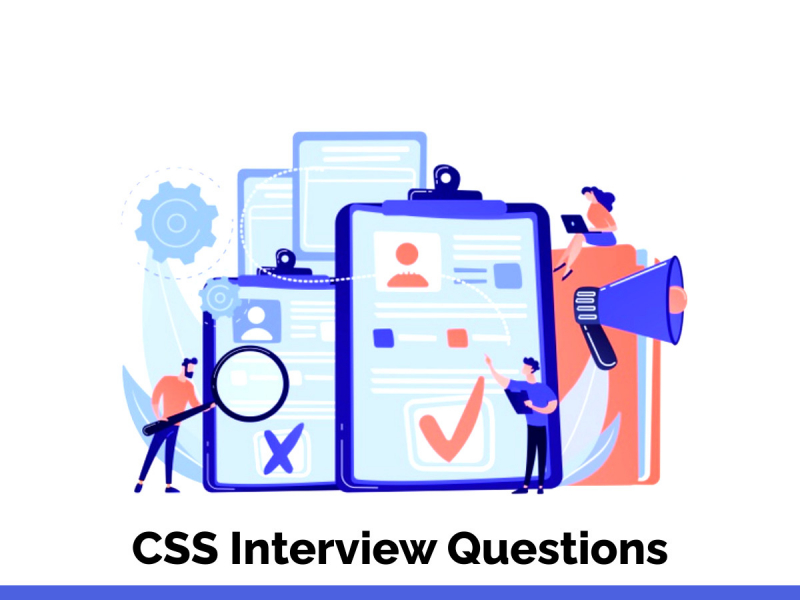What is CSS?
Every business is trying to make websites that are user engaging. An attractive website increases the engagement time as the customer spends some time exploring it. Thus, every company is hiring developers who can make that happen. If you are a CSS aspirant is applying for the post of CSS developer, make sure you go through the smart compilation of these css interview questions that can help you achieve your dream job.

